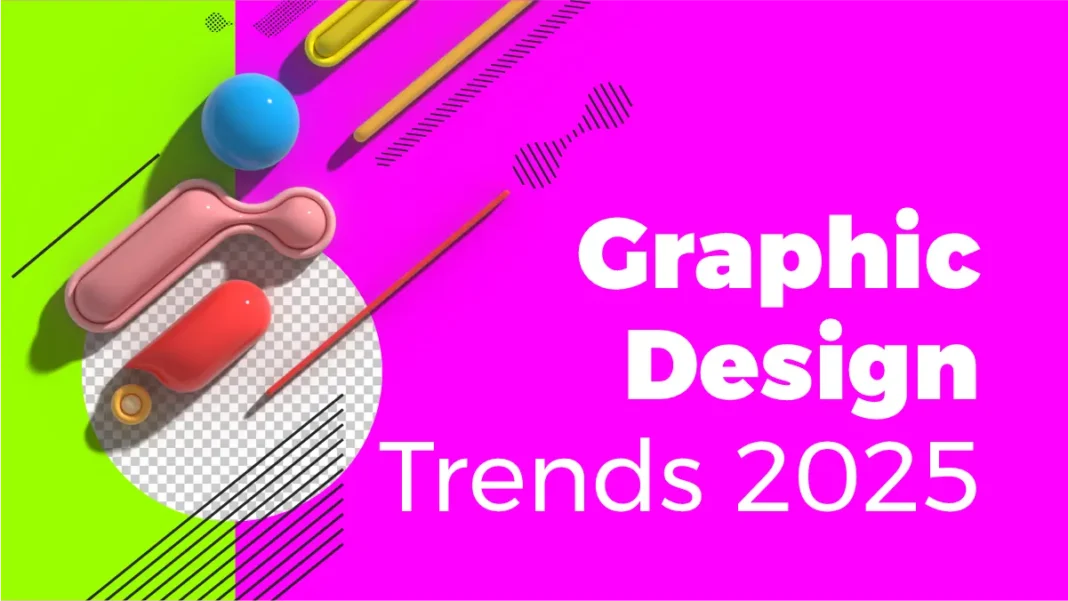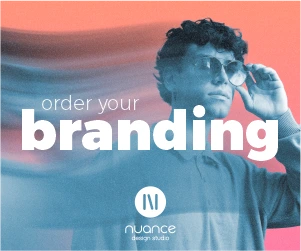As we step into a new era of digital aesthetics, graphic design trends 2025 reflect a captivating balance between technological innovation and the deep human need for emotional connection. Whether you’re a brand strategist, UX designer, or independent artist, understanding what’s shaping visual communication this year is crucial to staying relevant-and effective.
From the rise of AI-generated visuals to an aesthetic counter-movement favoring raw imperfections, these top 10 graphic design trends aren’t just styles-they’re signals of what audiences crave in a hyper-saturated visual world. According to Adobe’s 2024 Creative Trends Report and Shutterstock’s 2025 Forecast, the upcoming year is all about contrast, clarity, and human-centric creativity.
1. Human Touch Returns: The Rise of Hand-Drawn and Imperfect Design
One of the most noticeable graphic design trends of 2025 is a powerful shift back to authenticity. Designers are embracing analog aesthetics-hand-drawn illustrations, rough textures, visible brush strokes, and organic shapes. These human elements stand in stark contrast to the over-sanitized perfection of AI visuals.
Why it’s trending:
In a world where AI can generate anything flawlessly, imperfection becomes a form of emotional expression. The rise of “slow design” reflects a consumer desire for mindfulness and connection.
Example:
Brands like Oatly and Mailchimp have integrated doodles and sketch-style elements into their packaging and UI to evoke approachability and humor.
Stat to know:
According to Canva’s 2024 design usage stats, hand-drawn elements saw a 38% increase in templates used for digital ads and social media content.
2. AI x Design: Harmonizing Machine Precision with Human Creativity
AI isn’t going anywhere-in fact, it’s becoming a foundational tool for modern design workflows. What’s new in 2025 is a more thoughtful integration of AI-generated assets with human curation and storytelling.
Key aspects of this trend:
- Generative AI used for background patterns, mockups, and concept art
- Designers refining AI outputs with personal visual language
- Ethical and copyright considerations integrated into design systems
Trusted source:
The Design Intelligence 2025 report by Fjord/Accenture reveals that 63% of design teams now use AI tools like Adobe Firefly or Midjourney weekly.
Real-world application:
Spotify’s personalized visual campaigns use machine learning to adapt graphics to user tastes while preserving brand identity.
Takeaway:
The future of design isn’t AI versus human-it’s about the seamless symbiosis of both.
3. Minimalist Maximalism: Bold and Clean Coexist
It sounds contradictory, but minimalist maximalism is becoming the defining visual tension of 2025. Think of clean compositions with bursts of color, oversized typography, and daring spatial layouts. It’s about doing more with less-but louder.
Why this works:
The modern eye is trained to scroll fast. Bold minimalist-maximalist designs capture attention without overwhelming the viewer. It’s clarity with attitude.
Examples in action:
- Apple’s latest “Hello Yellow” iPhone campaign
- Nike’s mobile-first landing pages using negative space + oversized fonts
Expert view:
Design educator Chris Do calls this “precision drama”-designs that are both digestible and unforgettable.
4. Design for Neurodiversity: Accessible, Calm, and Intuitive Interfaces
Accessibility in design is no longer optional-it’s essential. In 2025, more brands are intentionally crafting visuals and UIs that cater to neurodiverse users (ADHD, autism, dyslexia, etc.). This goes beyond color contrast and font size.
Core principles of this trend:
- High legibility fonts (e.g., Lexend, Atkinson Hyperlegible)
- Reduced motion UIs to avoid overstimulation
- Color palettes that calm rather than excite
Source to trust:
A 2024 study by WebAIM found that 86% of top sites fail basic accessibility checks. In response, platforms like Figma now offer neurodiversity design kits.
Impact on branding:
Calm design isn’t just functional-it’s increasingly seen as ethical and future-proof.
5. Eco-Futurism & Earth-Inspired Palettes: Design with Purpose
As climate anxiety rises, so does eco-conscious design. Earthy hues, sustainable textures, and regenerative design principles dominate visual branding in 2025. It’s not just about looking green-it’s about being green.
Visual traits:
- Mossy greens, sand beiges, ocean blues
- Nature-inspired textures (stone, wood grain, recycled paper)
- Typography mimicking organic movement
Example:
Patagonia’s digital revamp uses soil-tone gradients and minimalist product photography to emphasize ecological integrity.
Data point:
According to Behance Trend Reports, eco-themed designs saw a 47% increase in engagement in 2024 compared to the previous year.
People Also Asked (PAA)
Q1: What are the top graphic design trends in 2025?
A: The top graphic design trends in 2025 include hand-drawn illustrations, AI-assisted creativity, minimalist maximalism, inclusive design, and eco-conscious branding.
Q2: Why is minimalist maximalism trending in graphic design?
A: It offers the best of both worlds-bold elements within clean layouts-perfect for grabbing attention in fast-paced digital environments.
Q3: How is AI changing graphic design in 2025?
A: AI enhances ideation, speeds up workflows, and offers new creative possibilities, but human input remains critical for storytelling and ethics.
Q4: What is neurodiverse design?
A: Neurodiverse design refers to visual systems that are accessible and comfortable for people with cognitive differences, using high legibility, calming colors, and reduced visual clutter.
Final Thoughts: Design with Empathy, Create with Impact
Graphic design in 2025 is not just about looking good-it’s about feeling right. Whether you lean into the warmth of human-made visuals or explore the frontiers of AI design, the core value remains the same: connection.
As Debbie Millman, renowned design thinker and host of Design Matters, puts it:
“The future of design will be defined not by how quickly we create, but by how meaningfully we communicate.”
Stay curious. Test boundaries. And most importantly-design for people, not just pixels.


